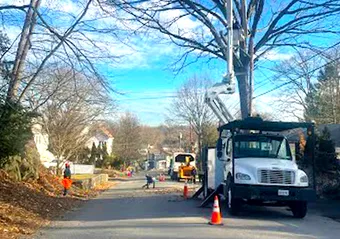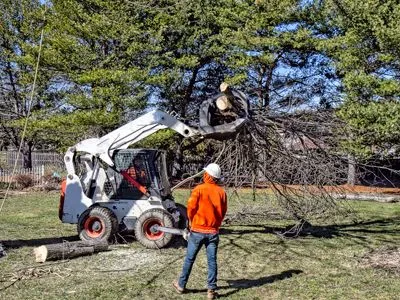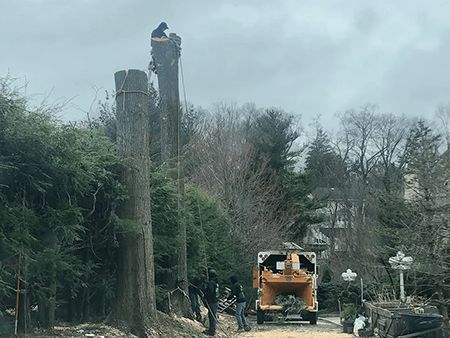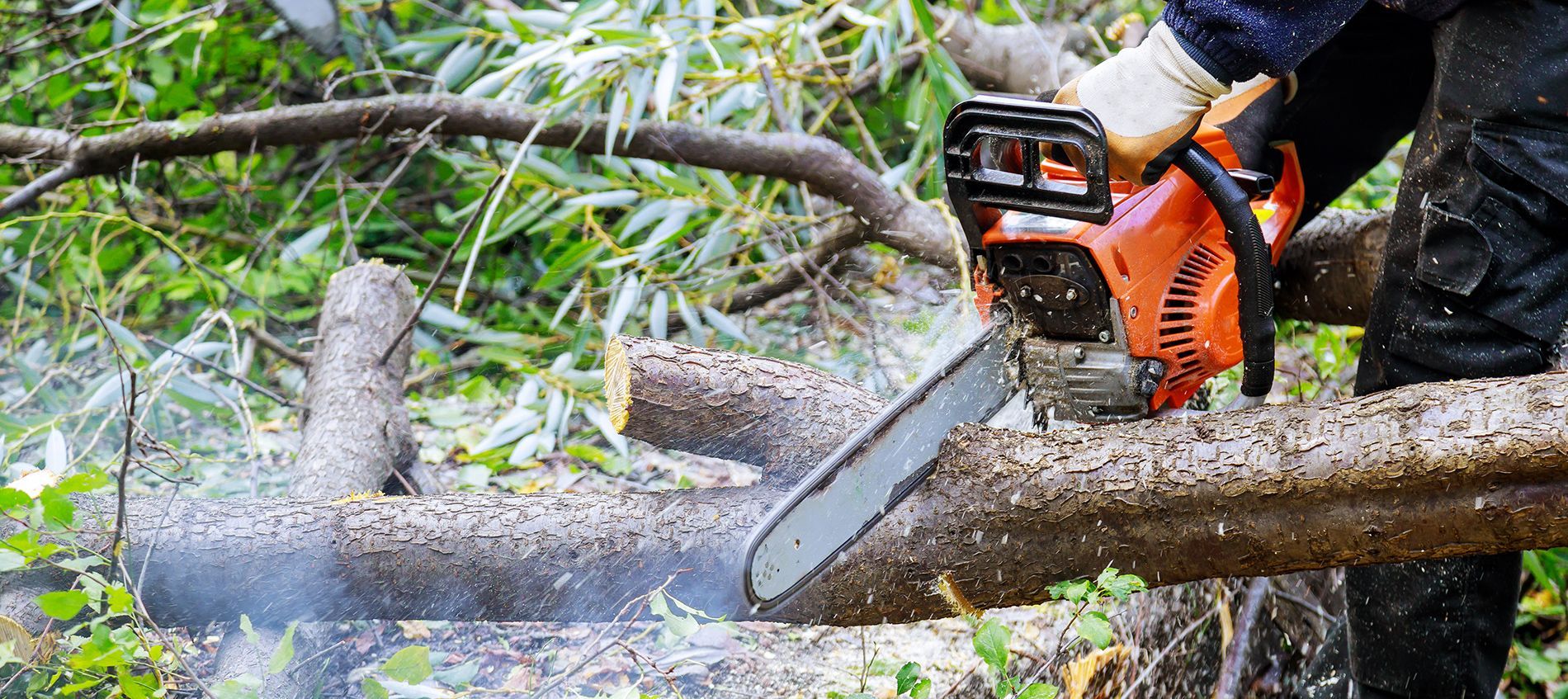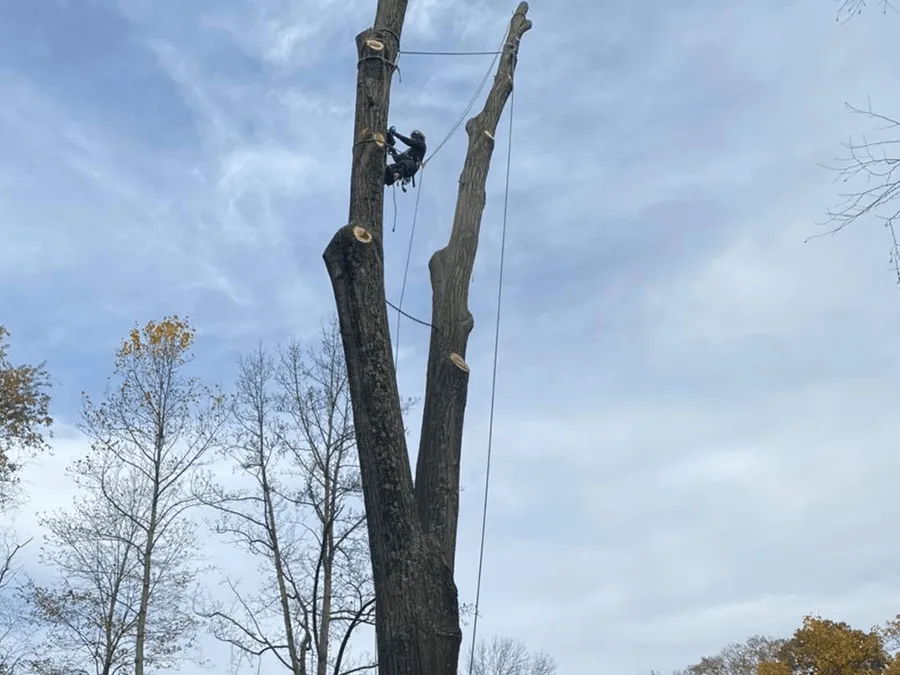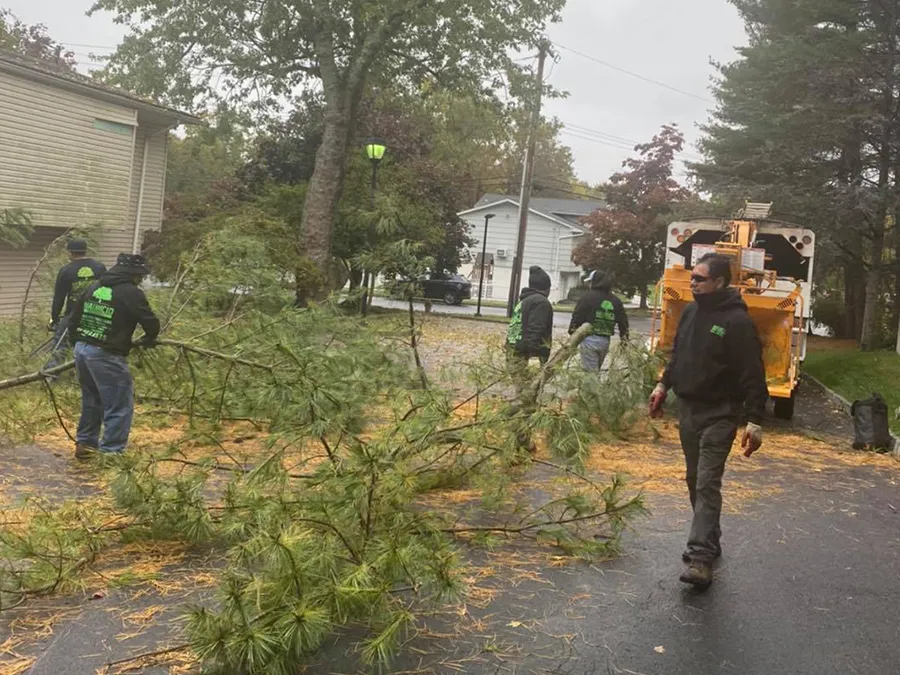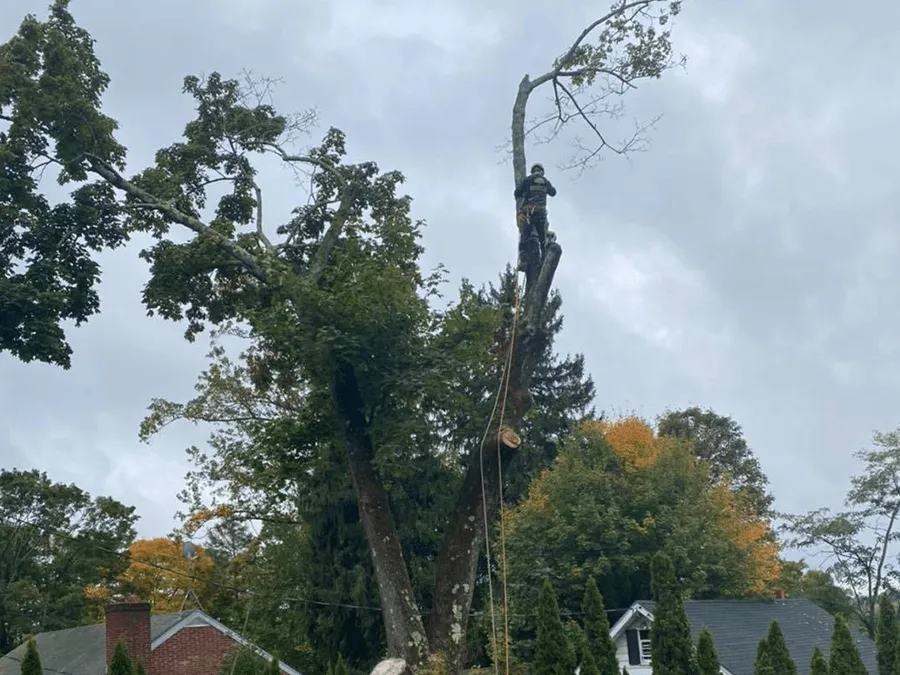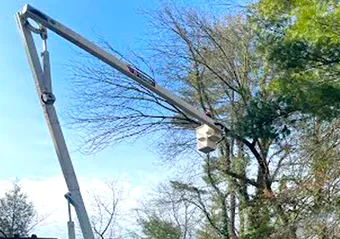Mauricio's Tree Service Blog
Warning Signs that a Tree Has Become More Prone to Collapsing

When a tree becomes unstable, it can pose a serious safety hazard. Falling trees or large branches can cause significant property damage or injuries, especially during storms or high winds. The key to preventing disaster is recognizing the early signs that a tree may be at risk of collapsing. At Mauricio’s Tree Service, our local arborists provide expert hazardous tree removal in the greater Peekskill area. Here are four warning signs that your tree’s stability may be compromised.
Significant Leaning or Sudden Tilt
One of the most obvious signs of a potentially dangerous tree is a noticeable lean. While some trees naturally grow at an angle, a sudden or worsening lean indicates instability. This can happen if the tree’s roots are damaged, the soil has eroded, or heavy winds have shifted its balance. If the ground around the base appears cracked or raised, it often means the root system is losing its grip. A leaning tree—especially one that recently began to tilt—should be inspected immediately by a professional arborist.
Splitting Trunk
A strong, stable tree trunk should be solid and free from major cracks. If you notice deep splits or cracks in the trunk, particularly where large branches meet or near the base, it’s a sign the tree’s structural integrity has been compromised. These splits can worsen over time and cause the tree to break apart unexpectedly. In some cases, these cracks form after a storm or due to internal decay that weakens the wood. A professional can determine whether the damage is repairable or if removal is the safest option.
Root Damage or Decay
Roots anchor the tree and supply it with essential nutrients and water. When roots are damaged—by construction, soil compaction, or disease—the tree’s stability is severely affected. Fungal growth, soft wood near the base, or exposed roots can all signal decay. Trees with compromised roots are among the most likely to fall, even during mild weather conditions.
Dead or Dying Branches
If large sections of the tree’s canopy are bare or filled with dead branches, it often points to declining health. Dead branches are more likely to fall and can indicate internal rot. When a significant portion of the crown shows dieback, the tree’s ability to sustain itself diminishes, making it unstable. Regular pruning and assessment by an arborist can help determine whether the tree can be saved or poses too much of a risk.
Tree Removal in Peekskill, NY
When you need
tree removal in Peekskill and the surrounding area, contact Mauricio’s Tree Service at
914-455-1322. Feel free to give us a call to request a free arborist estimate in Peekskill, NY!

